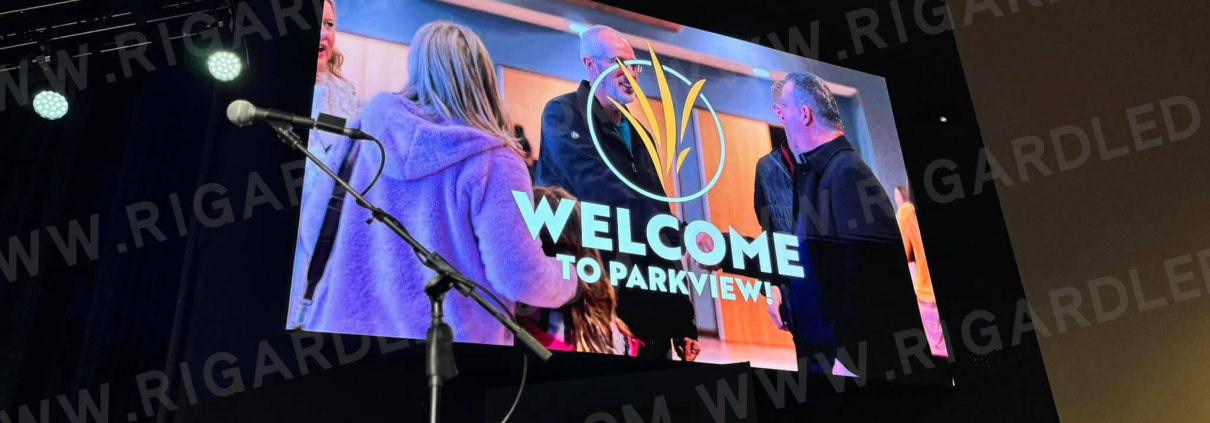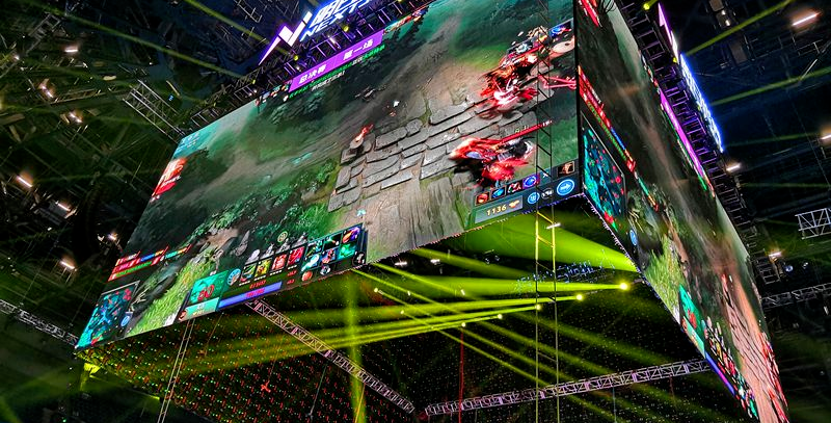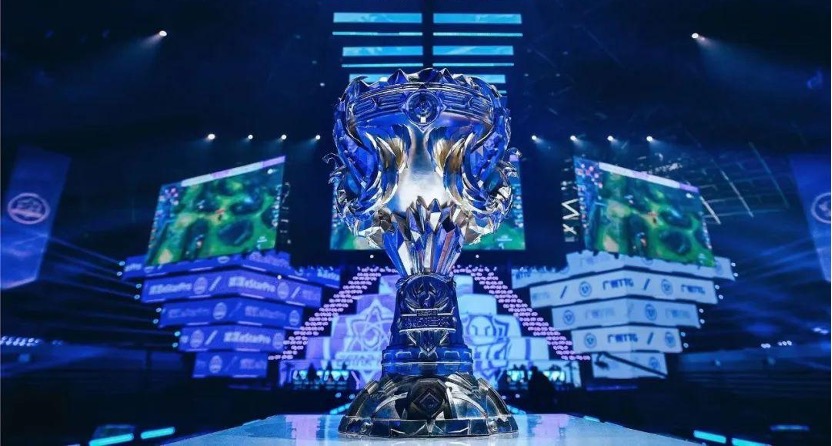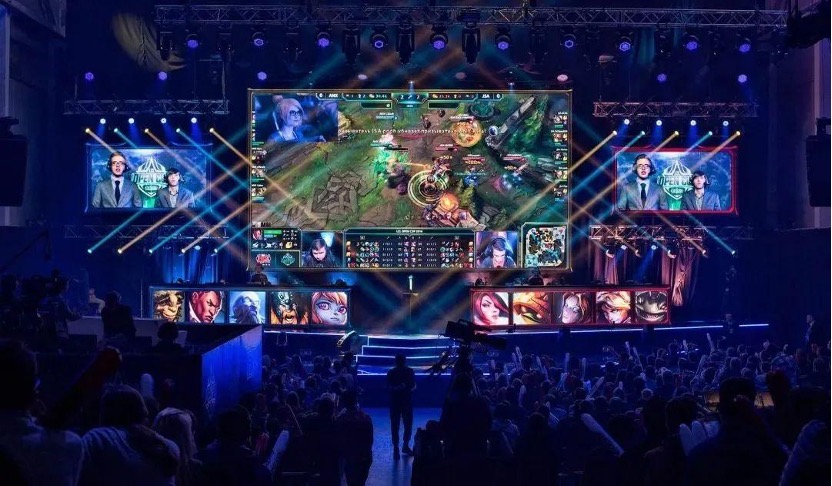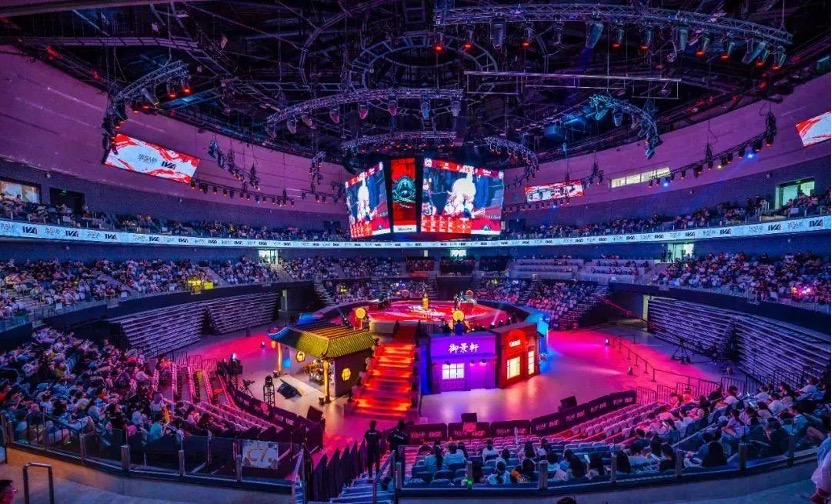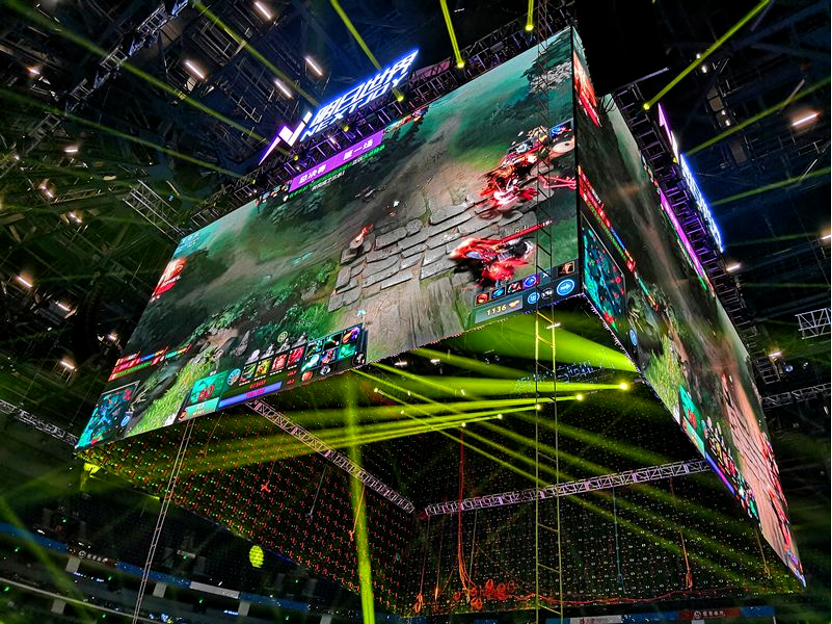RIGARD P1.8 LED Screens Elevate Stage Performances in Orland Park
/In modern stage performances, visual effects play a crucial role in creating immersive and captivating experiences. High-definition LED screens not only enhance the overall stage production but also provide audiences with stunning visual appeal. In a recent project in Orland Park, Illinois, two 18*11-foot P1.8 LED screens supplied by RIGARD were installed as stage backdrops for multimedia performances. These screens significantly improved the stage’s visual presentation while delivering top-tier technical performance.
RIGARD, a leader in the LED display industry, utilized the cutting-edge technology and extensive expertise to provide the perfect solution for this project. This article delves into the project background, RIGARD’s technical advantages, and the client’s feedback, while highlighting the superior features of the P1.8 LED displays.
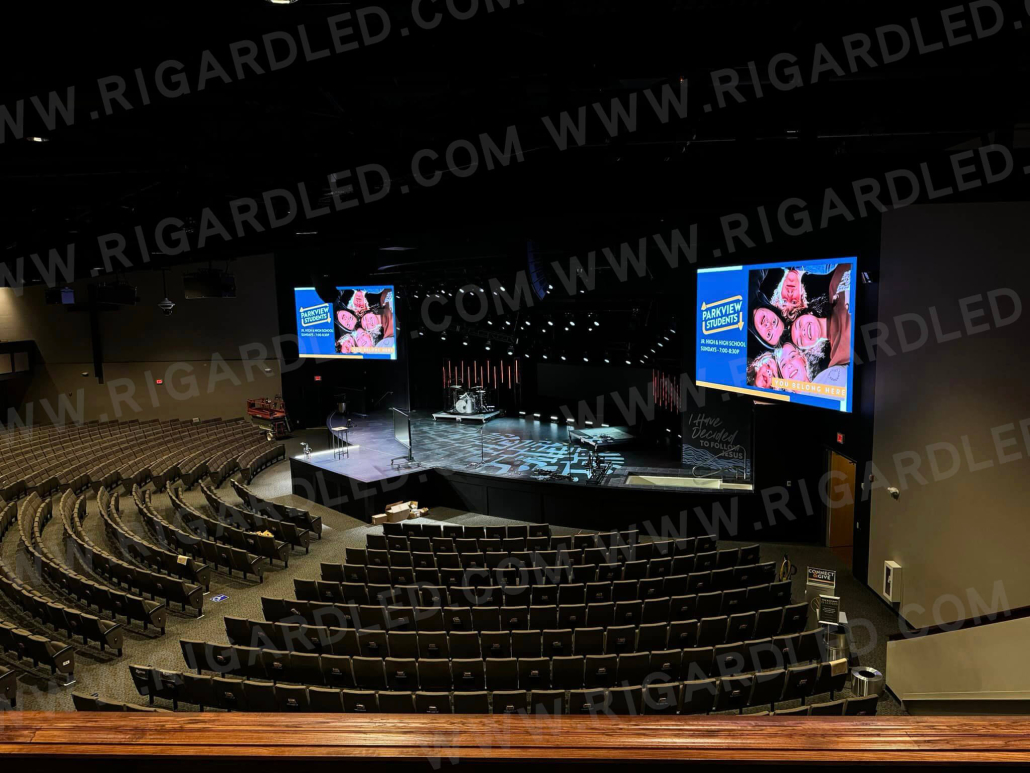
Project Overview and Requirements
The client in Orland Park needed high-definition LED screens to clearly display videos, images, and dynamic content, enhancing the visual impact of performances and engaging the audience. Traditional projection systems often fail to meet modern stage requirements in terms of brightness, clarity, and flexibility, making HD LED screens the ideal choice.
The client’s primary requirements included:
- High-definition display: The screen needs to have a high resolution to clearly show the content of the show, such as subtitles, lyrics, and image
- Smooth dynamic performance: The screen had to handle fast-moving content without blurring or tearing.
- Ease of installation and maintenance: The installation process needed to be simple and quick, with easy maintenance over time.
- Stage adaptability: The screens had to match the stage setup and aesthetic, with the appropriate size and aspect ratio.
To meet these demands, we proposed our state-of-the-art P1.8 LED screen solution.
Features of RIGARD’s P1.8 LED Screens
We provided two 18*11-foot P1.8 LED screens for Orland Park, Illinois, U.S.A., incorporating the latest small pitch LED display technology. These screens boast a host of features that make them ideal for stage performances, including high-definition visuals, energy efficiency, and easy maintenance.
-
Screen Size and Aspect Ratio
For stage backdrops, the size and aspect ratio of the screen significantly influence the overall visual experience. Our P1.8 LED panels were installed with a 16:9 aspect ratio, which conforms to modern high-definition display standards. This ratio ensures that video content fits perfectly on the screen without any distortion or cropping, offering a seamless viewing experience.
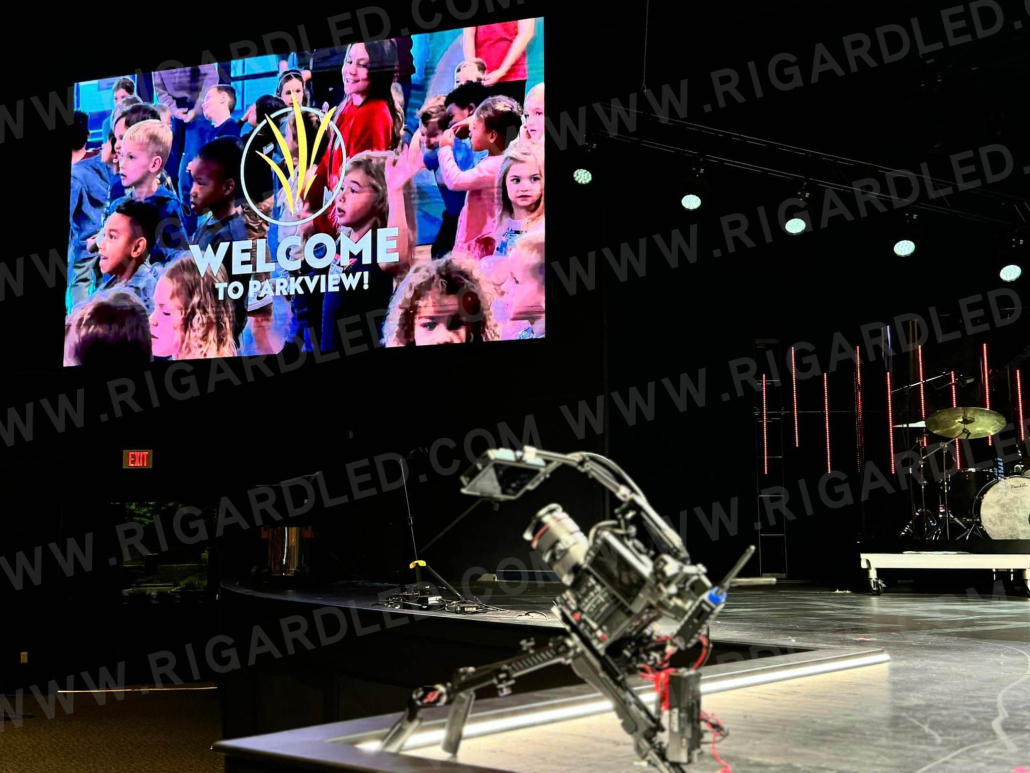
-
Front Maintenance Design
The P1.8 LED displays feature a fully front maintenance design, simplifying both installation and ongoing maintenance. Technicians can perform all necessary maintenance from the front of the screen, avoiding the need for complicated disassembly or reinstallation. This saves time and labor costs, making it an ideal solution for high-demand environments like stage productions in Orland Park, where time is of the essence.
-
High-Definition Display and Refresh Rate
The P1.8 LED wall from RIGARD has a pixel pitch of 1.8mm, 284,444 pixels and a refresh rate of up to 7,680Hz. This high pixel density and refresh rate ensures that dynamic visuals are displayed smoothly, even in fast-paced performance settings. This high-definition display and high refresh rate eliminate issues such as flickering and ensures a clear, seamless viewing experience, even during rapid motion scenes. Audiences also benefit from an immersive experience with detailed and vivid visuals.
-
UL and ETL Certifications
Our P1.8 LED screens are UL and ETL certified, meeting stringent safety and performance standards in the U.S. This certification provides peace of mind for the organizer, ensuring that the screens are both reliable and safe for long-term use in professional environments like Orland Park’s stage productions.
-
U.S. Standard Power and Cabling
To comply with local power requirements, the P1.8 LED displays were designed with U.S. standard power supplies and cabling. This ensures that the screens operate reliably with the local power infrastructure and minimizes the risk of power-related issues, contributing to stable performance over time.
-
Modular Design and Quick Installation
Our P1.8 LED screens utilize a modular design with a unique hub card connection system. The LED modules are hard-connected to the receiving card, eliminating the need for complex cabling and enabling quick plug-and-play assembly. This design simplifies the installation process, reducing both labor time and costs. In this project, our installation team was able to complete the setup in a very short time, significantly reducing downtime and labor expenses.
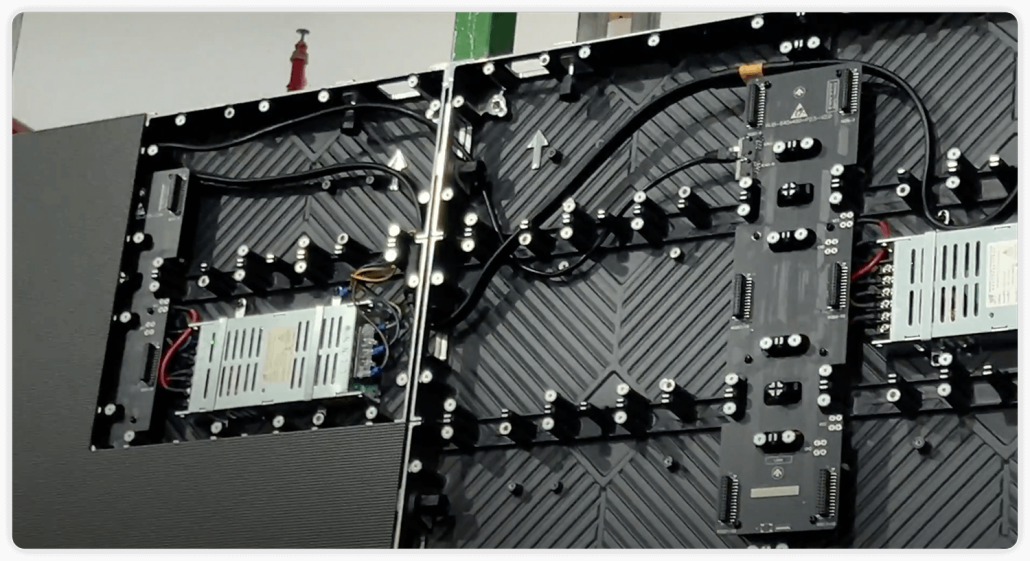
The Advantages of RIGARD P1.8 LED Screens
-
Superior Image Quality
Our P1.8 LED panels offer industry-leading gray scale and brightness technology, ensuring stunning visuals under any lighting conditions. With support for 22-bit color depth and HDR10-Optima/HLG, the LED panels deliver a wide color gamut and vibrant, detailed images. This exceptional image quality makes P1.8 LED screens ideal for stage performances, where precise visual details are critical.
-
Flexible Multi-Screen Operation
The P1.8 LED screens also support infinite multi-screen configurations, allowing for point-to-point scaling. This feature enables the screens to adapt to different stage layouts, providing maximum flexibility in displaying content. Whether a large single display or multiple smaller screens are needed, P1.8 LED technology delivers smooth and dynamic visuals that fit any performance setting.
-
Easy Maintenance and Serviceability
The modular design of our P1.8 LED display screens not only makes installation easier but also simplifies maintenance. The screen modules can be detached in just one second, allowing for quick replacement of components like power supplies. This efficient maintenance process minimizes downtime and reduces overall operational costs, making it a highly practical solution for performance venues.
-
Lightweight and Portable Design
The LED display screen cabinets are made of lightweight magnesium alloy, making transportation and installation much easier. This lightweight design is particularly advantageous for stages that require frequent setup and teardown, as it reduces both shipping costs and installation labor while still delivering exceptional display quality.
-
Advanced IC and Visual Performance
The P1.8 LED display screens are equipped with advanced IC chips, enabling superior gray scale control and brightness adjustment. Even in low-brightness settings, the screens maintain excellent image quality and fine detail reproduction. Paired with the Novastar A10s Pro receiving card, the screens offer stable and high-quality performance, even in complex stage setups or when handling multiple signal inputs.
Application and Feedback in Orland Park
In practical application, our P1.8 LED screens exceeded expectations in Orland Park. Whether displaying static images or dynamic video content, the high resolution and refresh rate of the screens delivered an outstanding visual performance.
Throughout the project, the ease of maintenance provided by the P1.8 LED screens was highly appreciated. The organizer can replace or upgrade a module from the front at any time as needed, without dismantling the entire screen. This efficient maintenance method provides great convenience for the later operation and significantly reduces the maintenance cost.
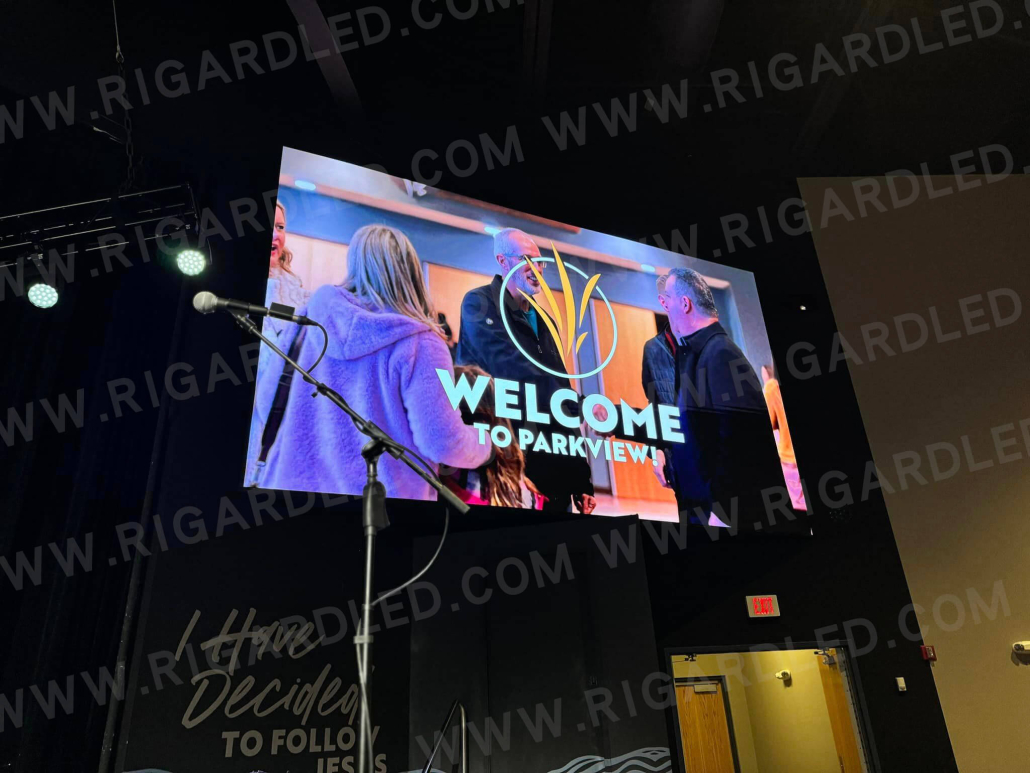
After the stage performance, the audience have said that with sharp images, vibrant colors, and seamless motion, the screens brought the stage performances to life. This not only brought the organizer a word-of-mouth improvement, but also increased the attractiveness of the show and the audience’s viewing experience.
Conclusion
The installation of RIGARD LED screens at Orland Park’s stage production venue showcased the exceptional performance in high-definition and small pitch display technology. The 7680Hz refresh rate, HDR10 support, and modular design provided Orland Park with a high-quality visual solution, while simplifying installation and maintenance. Moreover, the UL and ETL certifications, along with the use of U.S. standard power supplies, ensured the long-term reliability and compliance with local standards.
As stage productions and multimedia performances continue to evolve, high-definition display technology will play an increasingly important role. Whether it’s for stage backdrops, large-scale conferences, or outdoor advertising, RIGARD’s P1.8 LED display screens provide superior display quality, easy maintenance, and flexible operation. Looking ahead, RIGARD remains committed to driving innovation in LED display technology, delivering professional and customized visual solutions for clients worldwide.

